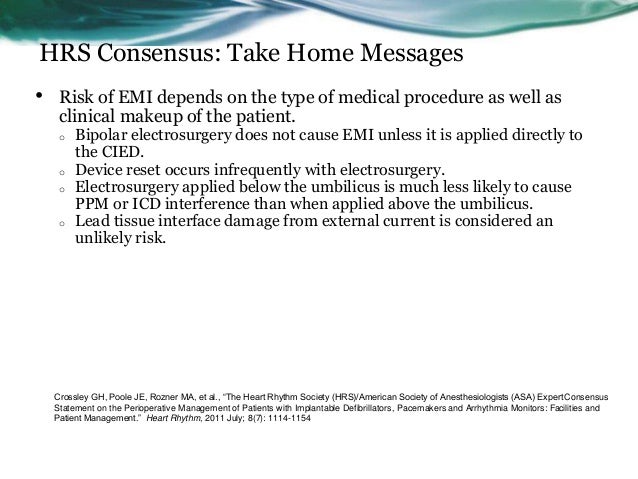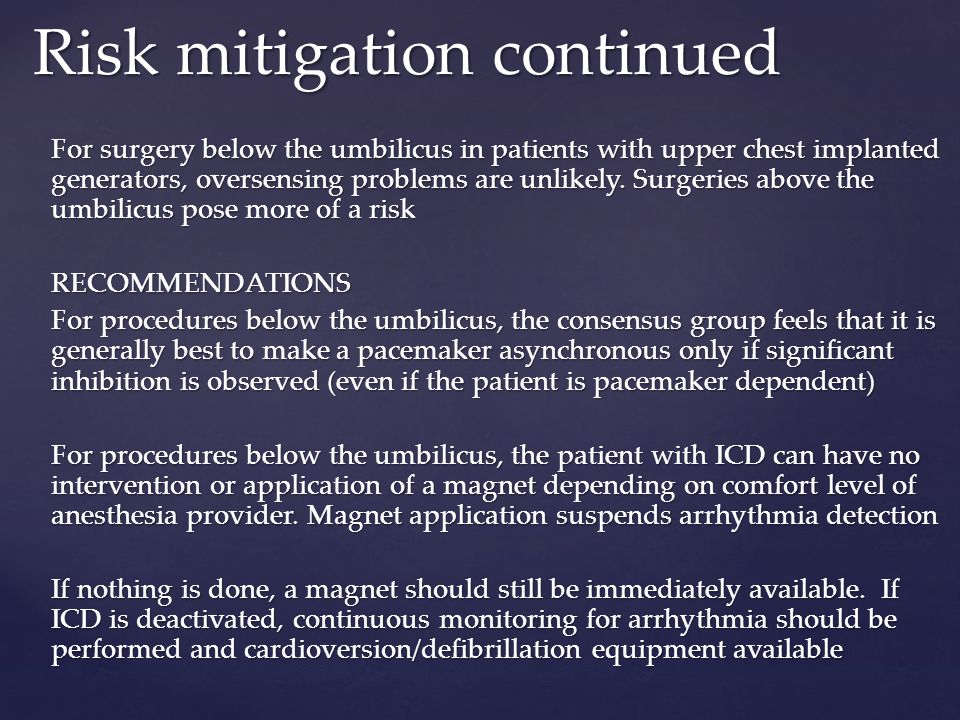How do you get your 30 serratus plane blocks per day done when you're reprogramming all these devices?
Efficacy of Ultrasound-Guided Serratus Plane Block on Postoperative Quality of Recovery and Analgesia After Video-Assisted Thoracic Surgery: A Randomized, Triple-Blind, Placebo-Controlled Study
Kim Do-Hyeong MD; Oh, Young Jun MD, PhD; Lee, Jin Gu MD, PhD; Ha, Donghun MD; Chang, Young Jin MD, PhD; Kwak, Hyun Jeong MD, PhD
Anesthesia & Analgesia:
Post Author Corrections: January 09, 2018
doi: 10.1213/ANE.0000000000002779
Research Report: PDF Only
BACKGROUND:
The optimal regional technique for analgesia and improved quality of recovery after video-assisted thoracic surgery (a procedure associated with considerable postoperative pain) has not been established. The main objective in this study was to compare quality of recovery in patients undergoing serratus plane block (SPB) with either ropivacaine or normal saline on the first postoperative day. Secondary outcomes were analgesic outcomes, including postoperative pain intensity and opioid consumption.
METHODS:
Ninety patients undergoing video-assisted thoracic surgery were randomized to receive ultrasound-guided SPB with 0.4 mL/kg of either 0.375% ropivacaine (SPB group) or normal saline (control group) after anesthetic induction. The primary outcome was the 40-item Quality of Recovery (QoR-40) score at 24 hours after surgery. The QoR-40 questionnaire was completed by patients the day before surgery and on postoperative days 1 and 2. Pain scores, opioid consumption, and adverse events were assessed for 2 days postoperatively.
RESULTS:
Eighty-five patients completed the study: 42 in the SPB group and 43 in the control group. The global QoR-40 scores on both postoperative days 1 and 2 were significantly higher in the SPB group than in the control group (estimated mean difference 8.5, 97.5% confidence interval [CI], 2.1–15.0, and P = .003; 8.5, 97.5% CI, 2.0–15.1, and P = .004, respectively). The overall mean difference between the SPB and control groups was 8.5 (95% CI, 3.3–13.8; P = .002). Pain scores at rest and opioid consumption were significantly lower up to 6 hours after surgery in the SPB group than in the control group. Cumulative opioid consumption was significantly lower up to 24 hours postoperatively in the SPB group.
CONCLUSIONS:
Single-injection SPB with ropivacaine enhanced the quality of recovery for 2 days postoperatively and improved postoperative analgesia during the early postoperative period in patients undergoing video-assisted thoracic surgery.


